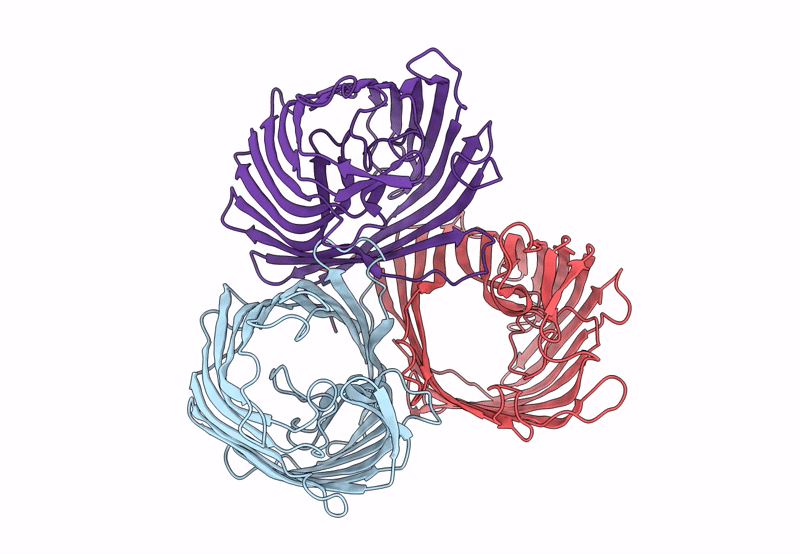
Deposition Date
2022-12-13
Release Date
2023-11-08
Last Version Date
2023-12-27
Entry Detail
PDB ID:
8BYT
Keywords:
Title:
Outer membrane attachment porin OmpM1 from Veillonella parvula, C3 symmetry
Biological Source:
Source Organism:
Veillonella parvula (Taxon ID: 29466)
Host Organism:
Method Details:
Experimental Method:
Resolution:
2.78 Å
Aggregation State:
PARTICLE
Reconstruction Method:
SINGLE PARTICLE


